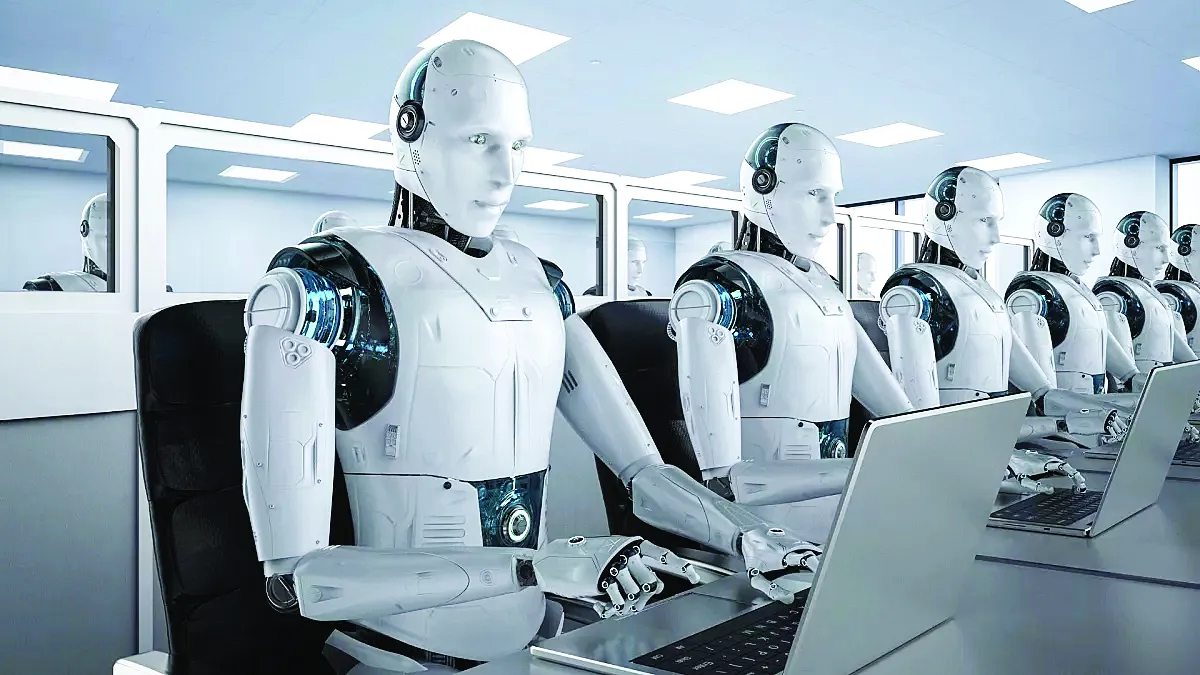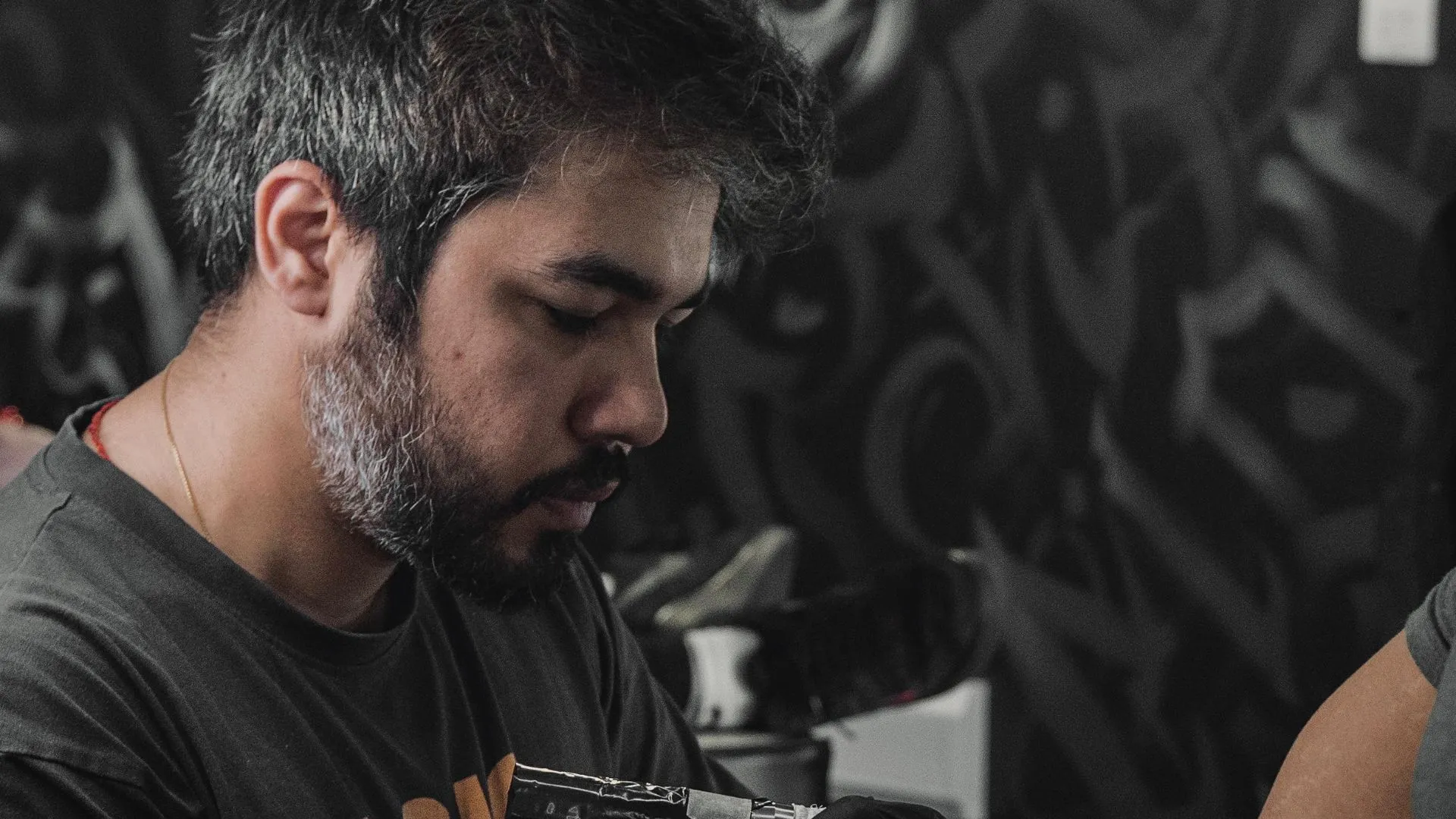With the relentless advance of artificial intelligence and technology, we are reaping huge benefits. They are boundless and, in many ways, wondrous. But when it comes to human employment, we need to have serious discussions about the dark cloud looming directly above that benefit-giving sun. We need to talk about replacement, adaptation, and the future of work. AI integration is happening (or at least being attempted) in many fields—manufacturing, healthcare, education, transportation, and even space exploration. But how are we fundamentally altering what we do in these sectors?
In retail, we are witnessing a profound transformation as stores in the sector increasingly replace human workers with AI systems. Customers can enter the store, scan a code, pick up their items, and simply walk out. The entire shopping experience is streamlined; invoices go directly to customers’ phones, and payment is processed seamlessly through the app. This model not only enhances convenience for customers but also minimizes the need for human cashiers. Similarly, many clothing stores have now adopted an automated checkout system where customers place their selected clothing into a box at the checkout, which does the “heavy lifting” of scanning the items. After they scan their payment card, they exit the store with their purchase just as they would have a decade ago. Increasingly, food stores are adopting this same system.
Customer service is also evolving. Increasingly, roles traditionally performed by humans are being taken over by artificial intelligence. Today, instant queries and issues that require resolution are being handled by AI-driven chatbots and virtual assistants—often with no human intervention required. Companies are now using these technologies to deal with frequently asked questions and to process orders and handle complaints. The result? Enhanced efficiency. And, it seems, enhanced customer satisfaction. Social media platforms like Twitter, too, are using AI to address customer complaints—allowing for faster resolutions, better user engagement, and, in the judgment of one technology writer, “a more satisfying customer experience.”
At the same time, these advancements are providing fewer opportunities for human customer service representatives. Over the past decade, not only have the kinds of customer care jobs that we used to know about become fewer in number, but the kind of contact that the customer care rep has with the customer has, in many cases, become more sparsely populated. There’s been a significant reduction in customer care phone calls.
The transportation sector is on the verge of a major transformation, propelling us closer to the future envisioned in science fiction. It is being driven by new technologies like drones and self-driving cars. At the forefront of these developments are companies such as Tesla and Waymo, which are now experimenting, in real-world conditions, with the deployment of fully autonomous vehicles. The promise here, of course, is that AI in the shape and form of these driverless cars will not only replace human drivers in truck and logistic delivery jobs—it’s worth keeping that in mind as we eliminate any illusion of upcoming “robocar” civility on the freeways and surface streets of our future—but will also enhance efficiency, reduce operational costs, and minimize human error far better than any operating system of the past. The trouble with this is that the jobs being shed in the coming transformation—if these predictions come to pass—will shed a net loss of anywhere from 1.5 million to 3.5 million jobs, depending on whose report you read.
AI’s influence is not confined to retail and transportation; it is spreading through nearly every industry and raising concerns about the future job prospects for students enrolled in universities across various disciplines. As automation and AI continue to reshape the workforce, a pressing question arises: will the education and skills that students acquire today be sufficient for securing jobs in a future that robots and AI will control?
The educational landscape may adapt to this changing reality. It may need to. The traditional curricula may demand a rethink to ready students for an integral world of AI, where this technology will factor into many professions. Critical thinking, creativity, and emotional intelligence will become incommunicable traits that surely cannot be replicated by machines. Also, interdisciplinary studies that combine technology with human-centric disciplines, like psychology, ethics, and communication, may provide students with a competitive edge.
The conclusion, as AI and technology keep molding countless sectors, is that the effects on human employment are undoubtedly huge. While there is a fair amount of concern, and even some hand-wringing, over the possible loss of jobs and the future of work, there are also many who see the potential for the evolution of our job landscape. Some key players, from educational institutions to governments to industries, will have much work to do to ensure that we are well-prepared for the new jobs that will appear in the very near future. It seems like our era of transformative technology has a lot in store for not just the next few years but also for what will become a central part of the workforce for generations to come.
Capt. Indira Vashishta Is an ex-airline pilot,motivational speaker and columnist.























